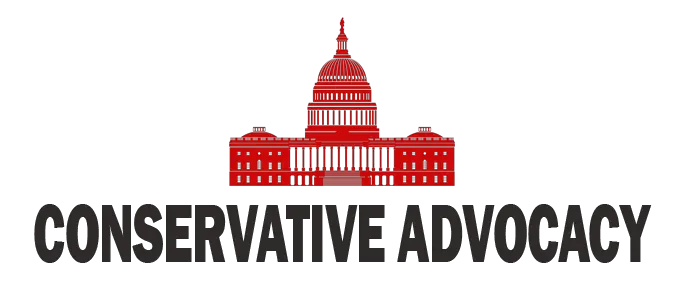The White House layout is a puzzle wrapped in an enigma, bolstered by bustling aides and officials who form the backbone of presidential operations. While many Americans can easily picture the Oval Office, the true nature of power dynamics reveals itself in the first and second floors of the West Wing, a space teeming with the ambitious and the loyal—all vying for their slice of Washington’s political pie. The recent mapping of this complex office arrangement sheds light on who is truly driving the ship during President Donald Trump’s second term, though CNN’s analysis misses the mark on some key points.
Office proximity in the West Wing is more than just a matter of square footage—it’s a reflection of access to power. With Chief of Staff Susie Wiles at the helm, the Trump administration is tightening the reins on who gets to step directly into the Oval Office. The concept of “walk-in” privileges has become as coveted as a gold star; only a select few aides can saunter in without an appointment, a definite shift from the more chaotic environment of the previous term. This strategic maneuver by Wiles ensures that only those deemed essential to daily operations can approach the president, reinforcing a sense of order in a place that can often feel like a circus.
Among these power players, Chief of Staff Wiles occupies a coveted corner office close to Trump, indicating both her influence and the importance of her role in this administration. Deputy Chief of Staff Dan Scavino is even closer, effectively serving as the gatekeeper for communications and access to the president. The layout suggests that familiarity and reliability take precedence over sheer authority; those who are physically nearest to Trump are often those tasked with maintaining the engine of government. With the likes of James Blair and Beau Harrison alongside Scavino, the dynamics of daily executive branch operations come into clearer focus.
Office Space in the White House – Who Sits Closest to the President? https://t.co/3k0IwRfd9m
— Ward Clark (@TheGreatLander) April 6, 2025
What this layout does reveal is a stark contrast between the official power structures and the true workings of government. VP JD Vance, while holding the second-highest office in the land, finds himself situated further from the Oval Office than his aides, an unusual status that emphasizes that the most potent influencers aren’t always the highest-ranking officials. It’s a classic case of who gets the most airtime versus who executes the real work behind the scenes. The people walking those hallowed halls are more than simply functionaries; they are the lifeblood of the presidency.
As the Biden Administration and its allies in the Deep State continue their relentless efforts to undermine Trump’s agenda, the layout serves as a tangible reminder of who stands close to the president, ready to counteract the subversive maneuvers of unelected bureaucrats. Each office, each desk in that West Wing isn’t just a piece of furniture; it’s a staging ground for conflict, strategy, and, ultimately, the fight for the soul of the nation. Ensuring that Trump is surrounded by those loyal to his vision is crucial, especially when the stakes have never been higher.
The visual representation of power in the West Wing provides an intriguing glimpse into how a well-oiled machine functions under its current leadership. While some may argue it’s merely a floor plan, it’s clear that Trump’s team is determined to maintain discipline and loyalty—essential elements in a time where the front lines of political warfare are drawn clearer than ever. For those tracking the movements and motivations of this administration, understanding who sits closest to the Oval Office is key to discerning what lies ahead for America.




